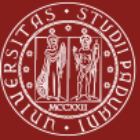Introduction
The University of Padua is a famous public research university located in Padua, Italy. It enjoys a high reputation in Europe and even the world. It is the second oldest university in Italy and the fifth oldest university in the world.
Overview
Number of students and faculty: There are about 48,524 students, including 3,782 international students; 1,654 academic staff and 81 international staff.
Campus distribution: The main campus is located in Padua, and there are branches in Vicenza, Brisanone, Rovigo, Trevizo and other cities.
History
Founded in 1222, because the University of Bologna restricted academic freedom, about a thousand students and professors left the University of Bologna and came to Padua to establish the school.
In the early 13th century, the University of Padua existed in the form of a "free scholar organization". Students were divided into groups according to their place of origin, and the school charter was passed, the president was elected, and teachers were recruited.
1399 In 1592, the school was divided into two universities: universitasiuristarum (mainly teaching civil law, religious law and theology) and universitasartistarum (mainly teaching medicine, philosophy, grammar, dialectics, rhetoric and astronomy), until the two universities were reunited in the early 19th century.
From 1592 to 1610, Galileo conducted scientific research here, which greatly improved the academic atmosphere and scientific research level of the school.
In 1678, Elena Lucrezia Cornaro Piscopia obtained a doctorate in philosophy and became the first female doctor in the world.
Founded in 1222.
School Strength
Faculty: It has 1,654 academic staff, including many experts and scholars with international influence in their respective fields, who provide high-quality teaching and guidance to students.
Teaching Resources: The school has a total of 31 libraries and 1 University hospitals with rich collections of books provide strong support for students' learning and research.
Nature of the institution
Public research university.
Educational philosophy
Advocate and defend academic and teaching freedom, focus on cultivating students' critical thinking, innovation and practical ability, and strive to provide students with extensive and in-depth academic education so that they can play an important role in different fields and promote the development and progress of society.
Key laboratories and disciplines
Key laboratories: The school has scientific research platforms such as CRIBI Biotechnology Center, Cognitive Neuroscience Center, and "Giuseppe Colombo" Space Research and Activity Center.
Advantageous disciplines: Physics, pharmacy, agronomy, veterinary medicine, industrial engineering, information engineering, psychology, economics and statistics are among the best in Italy, and its traditional disciplines such as medicine and law also have a profound historical heritage and strong teaching and research strength.
Faculty
The University of Padua has a total of 8 colleges, 33 departments, 80 undergraduate majors, and 93 master's majors.
Ranking
In the 2024 U.S. News World University Rankings, it ranks first in Italy, 43rd in Europe, and 1st in the world. 115.
Ranked 236th in the 2025 QS World University Rankings and 4th in Italy.
Expenses
The University of Padua is a public university with relatively low tuition fees. The tuition fees for Italian and international students are the same. The tuition fees for undergraduate and master's programs are about 1000-3000 euros/year. Tuition fees for different majors may vary.
Campus environment
Architectural style: The campus architecture has a variety of styles, integrating architectural elements from different periods such as the Middle Ages and the Renaissance. Ancient teaching buildings, libraries and other buildings have witnessed the long history of the school, and also created a strong academic atmosphere for students.
Learning and living facilities: The school library has a rich collection of books, covering books and journals in various disciplines, providing students with good learning resources. In addition, the school also provides students with a variety of living facilities, such as student dormitories, restaurants, sports facilities, etc., to meet students' daily life needs.
-
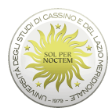
University of Cassino and Southern Lazio
-

University of Campania Luigi Vanvitelli
-
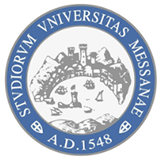
University of Messina
-
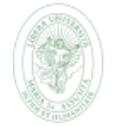
Libera Universita degli Studi Maria SS. Assunta di Roma (LUMSA)
-
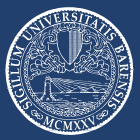
University of Bari Aldo Moro
-
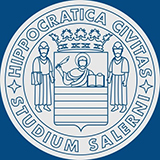
University of Salerno
-
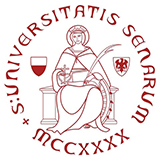
University of Siena
-
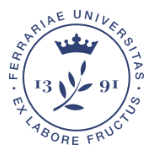
University of Ferrara
-
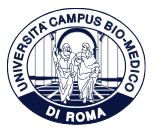
Campus Bio-Medico University of Rome
-

University of Genoa
-

Mesoamerican University
-

Istmo University
-

Mariano Galvez University of Guatemala
-

Regional University of Guatemala
-

Galileo University
-

Francisco Marroquín University
-

Rafael Landívar University
-

University of the Valley of Guatemala
-

University of San Carlos of Guatemala
-

Technological Institute of Tlaxcala Plateau
-

Golfo University
-

Technological University of South Sonora
-

Technological University of Huejotzingo
-

Tizimín Institute of Technology
-

Chilpancingo Institute of Technology

